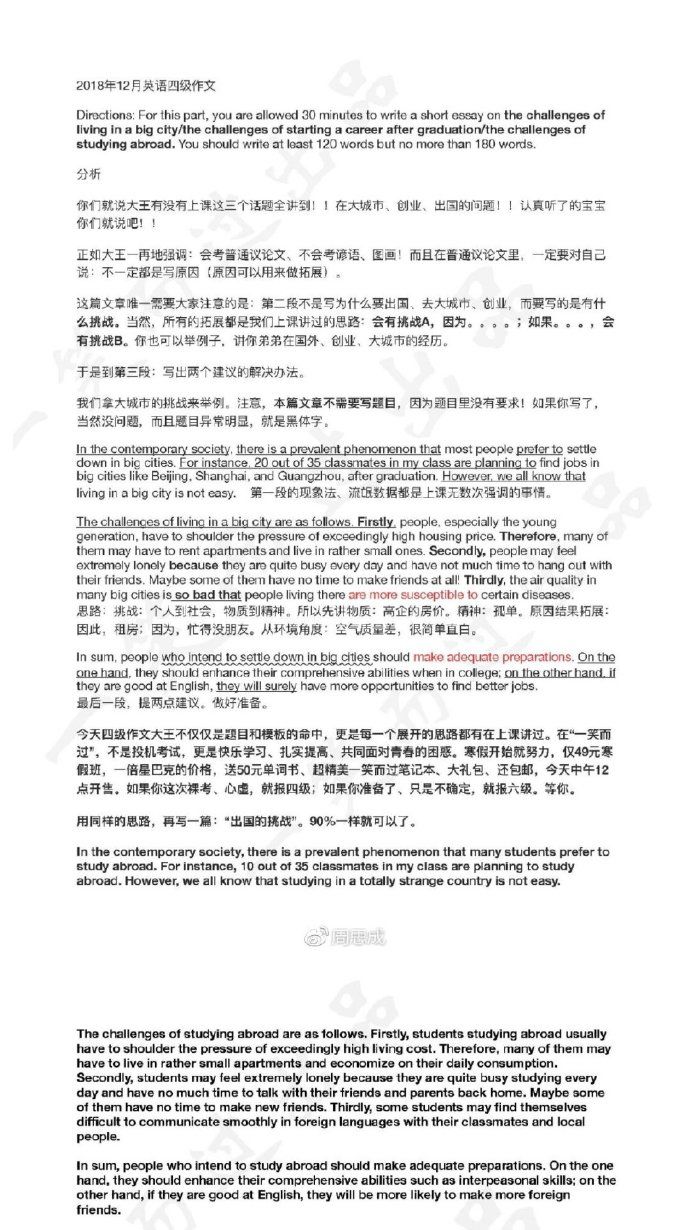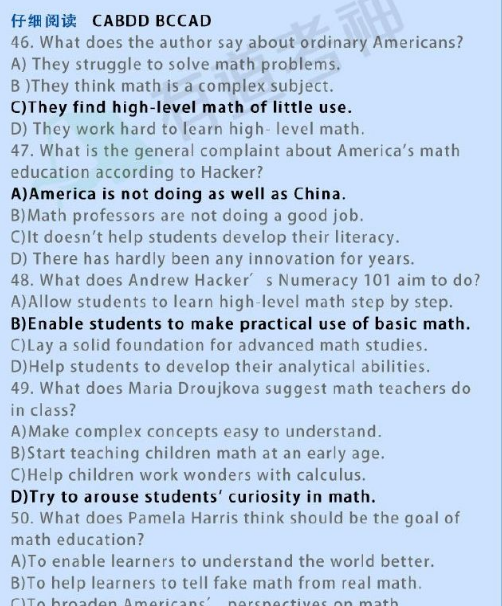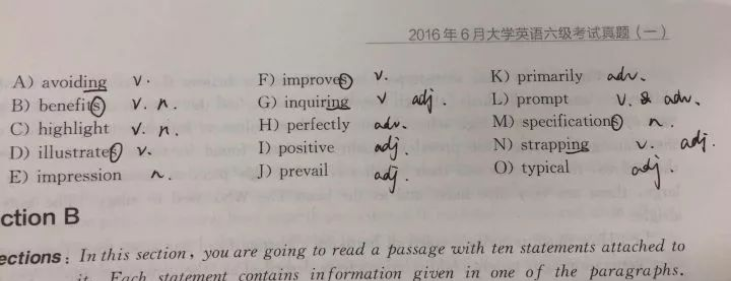LSAT模拟试题:LSAT模拟试题TEST2阅读4
|
Women's participation in the revolutionary events in France between 1789 and 1795 has only recently been given nuanced treatment. Early twentieth century historians of the French Revolution are typified by Jaures, who, though sympathetic to the women's movement of his own time never even mentions its antecedents in revolutionary France. Even today most general histories treat only cursorily a few individual women, like Marie Antoinette. The recent studies by Landes, Badinter, Godineau, and Roudinesco, however, should signal a much-needed reassessment of women's participation. Godineau and Roudinesco point to three significant phases in that participation. The first, up to mid- 1792,Involved those women who wrote political tracts. Typical of their orientation to theoretical issues —— in Godlneaus's view, without practical effect —— is Marie Gouze's Declaration of the Right of Women. The emergence of vocal middle-class women's political clubs marks the second phase. Formed in 1791 as adjuncts of middle-class male political clubs, and originally philanthropic in function, by late 1792 independent clubs of women. In the final phase, the famine of 1795 occasioned a mass women's movement; women seized food supplies, hold officials hostage, and argued for the implementation of democratic politics. This phase ended in May of 1795 with the military suppression of this multi class movement. In all three phases women's participation in politics contrasted markedly with their participation before 1789. Before that date some noble-women participated indirectly in elections, but such participation by more than narrow range of the population —— women or men —— came only with the Revolution. What makes the recent studies particularly compelling, however, is not so much their organization of chronology as their unflinching willingness to confront the reasons for the collapse of the women's having to speak in the established vocabularies of certain intellectual and political tradition diminished the ability of the women's movement to resist suppression. Many women, and many men, they argue, located their vision within the confining tradition of Jean-Jacques Rousseau, who linked male and female roles with public and private spheres respectively, But when women went on to make political alliances with radical Jacobin men, Badinter asserts, they adopted a vocabulary and violently extremist viewpoint that unfortunately was even more damaging to their vision within the confining tradition of jean-Jacques Rousseau, who linked make and female roles with public and private spheres respectively .But, when women went on to make political alliances with radical Jacobin men, Badinter asserts, they adopted a vocabulary and violently extremist viewpoint that unfortunately was even more damaging to their political interests. Each of these scholars has different political agenda and takes a different approach - Godineau, for example, works with police archives while Roudinesco uses explanatory schema from modern psychology. Yet admirably, each gives center stage to group that previously has been marginalized, or at best undifferentiated, by historians. And in the case of Landes and Badinter, the reader is left with a sobering awareness of the cost to the women of the Revolution of speaking in borrowed voices. 14. Which one of the following best states the main point of the passage? (A) According to recent historical studies, the participation of women in the revolutionary events of 1789-1795 can most profitably be viewed in three successive stages. (B) The findings of certain recent historical studies have resulted from an earlier general. reassessment, by historians, of women's participation in the revolutionary events of 1789-1795. (C) Adopting the vocabulary and viewpoint of certain intellectual and political traditions resulted in no political advantage for women in France in the years 1789-1795. (D) Certain recent historical studies have provided a much-needed description and evaluation of the evolving roles of women in the revolutionary events of 1789-1795. (E) Historical studies that seek to explain the limitations of the women's movement in more convincing than are those that seek only to describe the general features of that movement. 15. The passage suggests that Godineau would be likely to agree with which one of the following statements about Marie Gouze's Declaration of the Rights of Women? (A) This work was not understood by many of Gouze's contemporaries. (B) This work indirectly inspired the formation of independent women's political clubs. (C) This work had little impact on the world of political action. (D) This work was the most compelling produced by a French woman between 1789 and 1792. (E) This work is typical of the kind of writing French women produced between 1793 and 1795. 16. According to the passage, which one of the following is a true statement about the purpose of the women's political cubs mentioned in line 20? (A) These clubs fostered a mass women's movement. (B) These clubs eventually developed a purpose different from their original purpose. (C) These clubs were founder to advocate military participation for women. (D) These clubs counteracted the original purpose of male political clubs. (E) These clubs lost their direction by the time of the famine of 1795. 17. The primary function of the first paragraph of the passage is to: (A) outline the author's argument about women's roles in Frances between 1789 and 1795 (B) anticipate possible challenges to the findings of the recent studies of women in France between 1789 and 1795. (C) summarize some long-standing explanations of the role of individual women in France between 1789 and 1795. (D) present a context for the discussion of recent studies of women in France between 1789 and 1795. (E) characterize various eighteenth-century studies of women in France. 18. The passage suggests that Landes and Badinter would be likely to agree with which one of the following statements about the women's movement in France in the 1790s? (A) the movement might have been more successful if women had developed their own political vocabularies. (B) The downfall of the movement was probably unrelated to it alliance with Jacobin men. (C) The movement had a great deal of choice about whether to adopt a Rousseauist political vocabulary. (D) The movement would have triumphed if it had not been suppressed by military means. (E) The movement viewed a Rousseauist political tradition, rather than a Jacobin political. 19. In the context of the passage, the word "cost" in line 63 refers to the (A) dichotomy of private roles for women and public roles for men (B) almost nonexistent political participation of women before 1789. (C) historians' lack of differentiation among various groups of women. (D) political alliances women made with radical Jacobin men. (E) collapse of the women's movement in the 1790s. 20. The author of the passage is primarily concerned with: (A) criticizing certain political and intellectual traditions (B) summarizing the main points of several recent historical studies and assessing their value. (C) establishing a chronological sequence and arguing for its importance (D) comparing and contrasting women's political activities before and after the French Revolution (E) reexamining a long-held point of view and isolating its strengths and weaknesses. |








